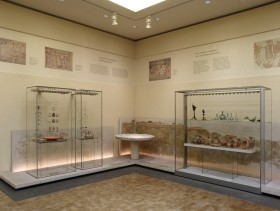É.2. Secular life
During the early Byzantine period, public and private life retained their defining characteristics more or less unchanged from Greco-Roman times. Many ancient cities continued to exist and even new urban centers came into being. Nonetheless, the greatest part of the population lived in the countryside and the empire’s economy continued to be supported by agricultural production.
Industry and commerce were still the basic modes of activity, and the form and organization of households remained true to earlier practice. The spread of Christianity did, though, instigate serious changes in everyday life. The new religion left its impression both on luxury products of high artistic value such as jewelry, and on the cheapest and commonest objects such as ceramic utensils and metal objects.
-
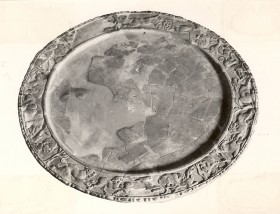
Marble table
BXM: 000017
Exhibition room: I.2 Secular life
details -
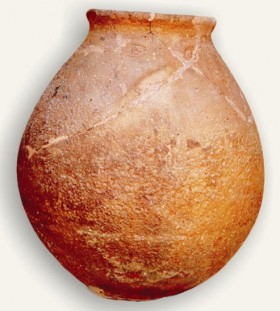
Clay storage jar
BXM: 000055
Exhibition room: I.2 Secular life
details -
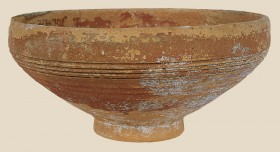
Clay bowl
BXM: 000106
Exhibition room: I.2 Secular life
details -

Small clay cup
BXM: 000108
Exhibition room: I.2 Secular life
details -
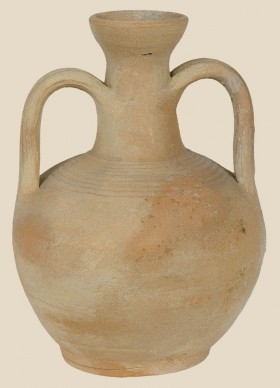
Clay amphora
BXM: 000110
Exhibition room: I.2 Secular life
details -
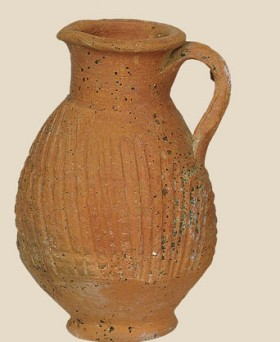
Clay jug
BXM: 000117
Exhibition room: I.2 Secular life
details -

Wall-painting with stylized lilies
BXM: 001449
Exhibition room: I.2 Secular life
details -
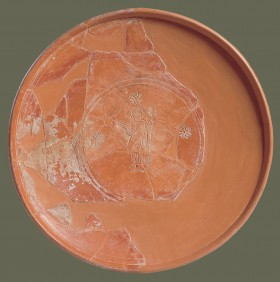
Plate
BXM: 001796
Exhibition room: I.2 Secular life
details








